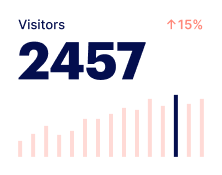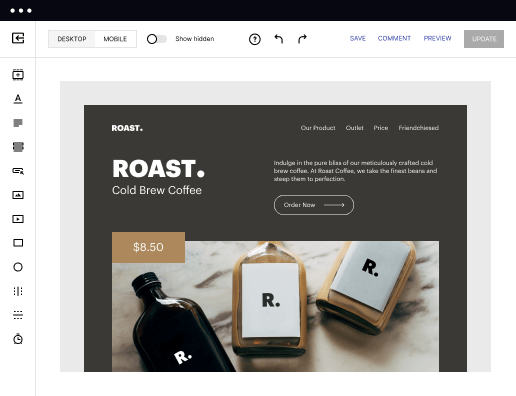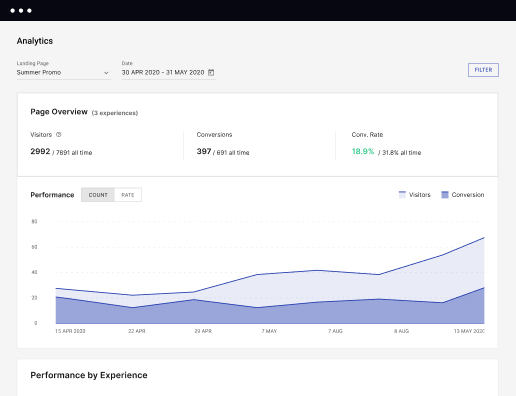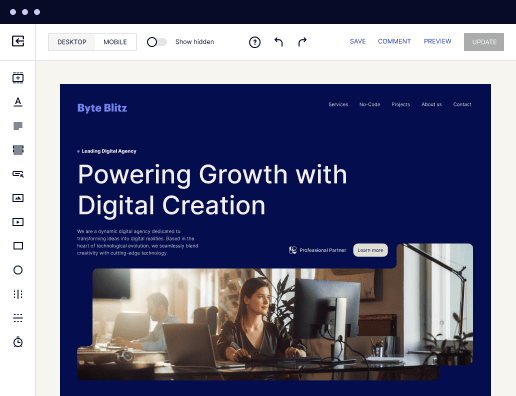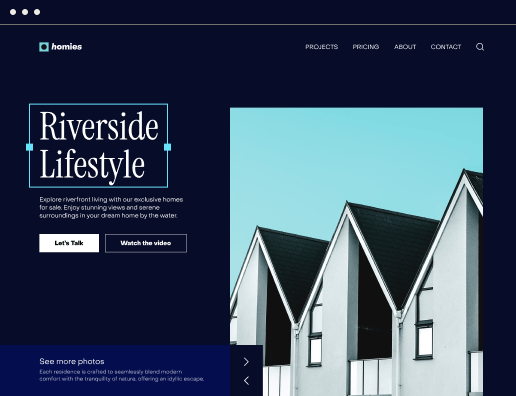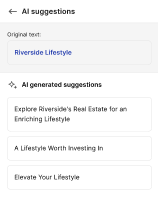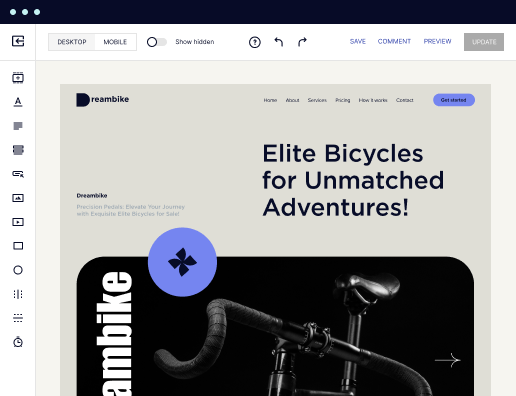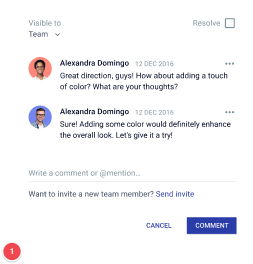Make your 403 forbidden page designed for Red Hat Enterprise Linux
Instapage empowers you to reduce costs, increase conversions, and deliver meaningful experiences on Red Hat Enterprise Linux.
Create your 403 forbidden page on Red Hat Enterprise Linux with Instapage
A 403 forbidden page can often leave users puzzled, especially when trying to access restricted content. With Instapage, you can create effective landing pages that not only communicate your brand message but also enhance conversion rates. This guide provides a detailed step-by-step approach to crafting your 403 forbidden page on Red Hat Enterprise Linux, ensuring your visitors understand their access restrictions while maintaining brand integrity.
Understanding the Importance of 403 Forbidden Pages
A 403 forbidden page serves a critical purpose by informing users that they do not have permission to access specific resources on your website. Here’s why it matters:
- Clarity: Clearly communicating access restrictions helps prevent user frustration.
- Brand Integrity: A well-designed 403 page can reinforce your brand identity even in error situations.
- SEO Importance: Properly managed error pages can help with search engine indexing and site performance.
Step 1: Setting Up Your Red Hat Enterprise Linux Environment
To begin, ensure that your Red Hat Enterprise Linux server is correctly configured to handle 403 errors. Here’s how to do it:
- Access your server's configuration files: Use tools like SSH to log in to your server.
- Edit your Apache or Nginx configuration: Open the respective configuration file and find the section that manages error pages.
- Set up the custom error document: Specify the path to your custom 403 forbidden page within the configuration file for better user experience.
Step 2: Designing Your 403 Forbidden Page
Designing a user-friendly 403 forbidden page is essential. Here’s what to include in your design:
- Brand Presentation: Incorporate your logo and color scheme to stay consistent with your overall branding.
- Navigational Links: Provide links back to the homepage or relevant sections of your site to guide users.
- Helpful Messaging: Use friendly language that explains why the page is inaccessible and how users can find the information they seek.
Step 3: Optimizing Your Page for Conversion
Once your page is designed, it’s time to optimize for user engagement. Consider these strategies:
- A/B Testing: Utilize Instapage’s built-in experimentation features to test different messages and layouts.
- Tracking User Behavior: Implement heatmaps to analyze how users interact with your 403 page and adjust accordingly.
- Personalization Options: Use dynamic content to adjust messaging based on user demographics or past behavior.
Following these steps will help you create an effective 403 forbidden page that aids in user retention and brand consistency.
To get started with Instapage’s easy-to-use landing page solutions, sign up today and enhance your user experience right from your 403 pages!
Get more out of Create your 403 forbidden page on Red Hat Enterprise Linux
Improve your Quality Score with quick load technology for landing pages
Increase conversions with content that aligns with your ads and audiences
Achieve maximum ROI by scaling your marketing initiatives
Leading the way in building high-performing landing pages





FAQs
See how to create your 403 forbidden page on red hat enterprise linux in action
Ready to skyrocket conversions?
Supercharge your ad campaigns with high-performing landing pages.
Get started
